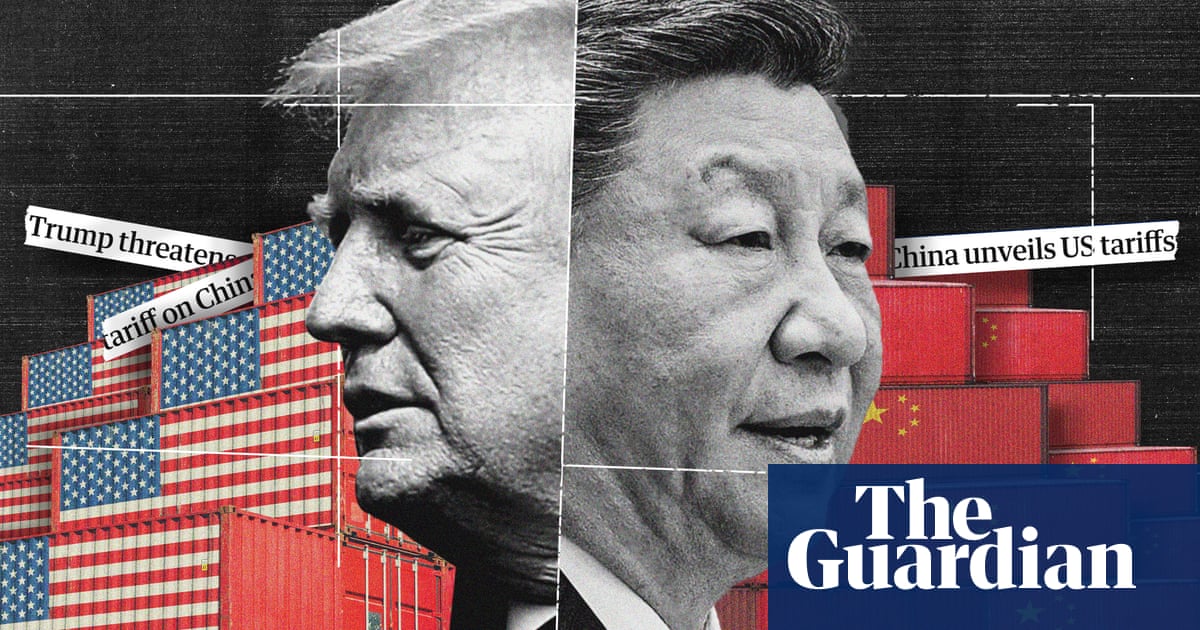A nuclear-powered aircraft carrier sent by France, a NATO member, has reached the edge of the Western Pacific Ocean, where its deployment is being closely monitored by China.
The Chinese Defense Ministry did not immediately respond to Newsweek‘s request for comment. Newsweek has contacted NATO‘s press office for comment via its website.
Why It Matters
The French aircraft carrier, FS Charles de Gaulle, left the country with a naval strike group for a five-month mission last November. It is France‘s first aircraft carrier to be sent to the Pacific Ocean since 1968, when FS Clemenceau was dispatched for a nuclear test.
The arrival of the Charles de Gaulle in the Western Pacific Ocean comes as China, which has the world’s largest navy by hull count, continues to challenge U.S. naval dominance in the region, where American aircraft carriers are frequently deployed.
What To Know
According to the French Embassy in Indonesia, the Charles de Gaulle-led carrier strike group reached two islands in Indonesia, Lombok and Bali, on Tuesday. The French aircraft carrier itself docked at a port in the West Lombok district on the island of Lombok.
“In Bali and Lombok, the [Charles de Gaulle] carrier battle group will be able to carry out some logistical movements necessary for the continuation of the Clemenceau 25 mission in the Pacific Ocean,” the French Embassy said, using the official name of the mission.
YASUYOSHI CHIBA/AFP via Getty Images
Both Indonesian islands are located to the south of the Java Sea, which connects the South China Sea in the northwest via the Karimata Strait. It links the Philippine Sea, a marginal sea of the Western Pacific, in the northeast via the Makassar Strait and the Celebes Sea.
Prior to its first port of call in Indonesia, the Charles de Gaulle and its strike group took part in a multinational exercise, code-named La Perouse 25, in the Eastern Indian Ocean around three straits in Indonesia, training to secure strategic sea lines of communication.
The Charles de Gaulle‘s Pacific deployment has caught the attention of the Chinese state media before the warship’s departure from France. The Global Times, citing experts, said the French mission “is an attempt to pander to NATO’s expansion into the Asia-Pacific.”
China has repeatedly raised its objection to NATO’s reach into the Asia-Pacific region in recent years. Last July, the Chinese Defense Ministry accused the military alliance of provoking what it called “bloc confrontation,” as well as sowing “wars and chaos.”
What People Are Saying
The French Embassy in Indonesia said: “The first stopover of the French Carrier Strike Group in Indonesia coincided with the 75th anniversary of French-Indonesian diplomatic relations. This strengthens the bilateral strategic partnership that has existed since 2011.”
Chinese military expert Zhang Junshe told the Global Times: “Whether NATO countries are ramping up their military presence or performing frequent exercises in the Asia-Pacific region, such actions will undoubtedly fuel the militarization of the Asia-Pacific region, which will negatively affect the peace and stability that has been maintained in the region for decades.”
What Happens Next
It remains to be seen whether the French aircraft carrier will head toward the South China Sea, where China has territorial disputes with neighboring countries, or transit toward the wider Western Pacific Ocean directly for a joint exercise, following its visit to Indonesia.


